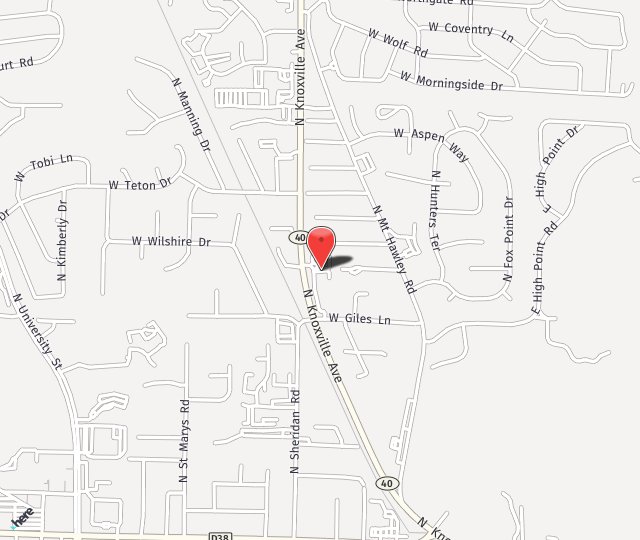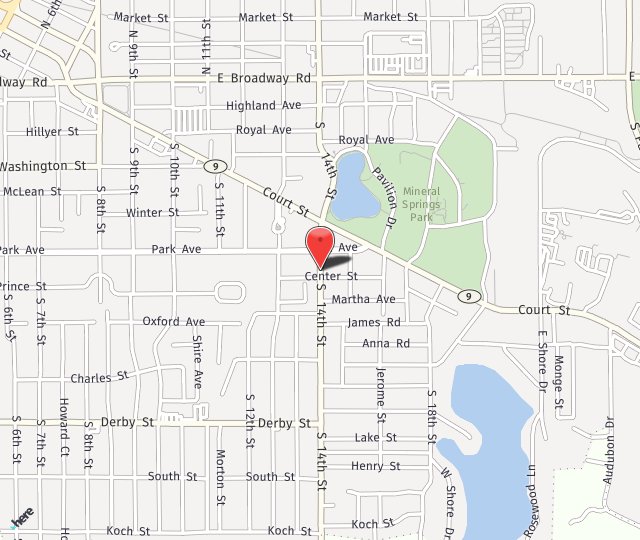For us to see clearly, light rays must travel through the cornea and the lens of the eye to focus on the retina. The retina converts the light into electrical signals and sends them along the optic nerve to the brain, where they are interpreted as images. The shape of the cornea, lens and even the eye itself can impact the quality of the image that is focused on the retina. There are four basic types of refractive errors: myopia, hyperopia, astigmatism and presbyopia.
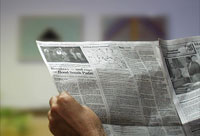
Myopic patients are commonly referred to as nearsighted. This is when objects closer to the eye are clearer than objects further away. Myopia can be caused by a cornea that is too sharply curved and therefore does not focus the light properly on the retina. It can also be caused by an eye that is longer than the refractive power of the cornea and lens can handle.
Hyperopic patients are commonly referred to as farsighted. This is when objects further away from the eye are clearer than objects close-up. Hyperopia is sometimes referred to as hypermetropia. It can be caused by a flatter cornea that cannot properly focus light onto the retina or by an eye that is shorter than the natural refractive power of the cornea and lens. Hyperopia is common in babies and young children but as their eyes grow and get longer, their hyperopia tends to lessen.
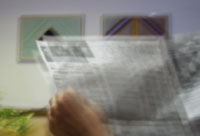
Since there are rarely perfect spheres in nature, an eye that is more curved in one direction and less curved in the opposite direction will have the refractive error called astigmatism. Astigmatism creates blurred, distorted images. Patients often describe objects that look too tall or wide, “warped” or “smeared”. Patient can also describe objects that are doubled or even tripled. Astigmatism can impact vision at both distance and near and patients can have astigmatism alone or in addition to other refractive errors.
When we are young, the natural lens of the eye is soft and flexible, easily changing shape to focus light onto the retina. But as we age, the lens loses its elasticity and cannot change its shape as well. Objects at near will become increasingly more difficult to focus on and patients may find themselves holding reading material further and further away to read them. This is referred to as presbyopia and it is a natural but often annoying part of getting older. Patients often begin to experience presbyopic effects in their early-to-mid-forties.
These days, patients with refractive errors have several correction options. They may opt for glasses, contact lenses or even refractive surgery. Styles for eyeglass frames have expanded greatly in recent years. The technology for eyeglass lens designs, materials, treatments & coatings has seen exponential growth as well. Contact lens technology has seen significant advancement with regards to the general comfort of the lenses but it has also provided a wider variety of fitting options. Patients who would have once been told they could not wear contact lenses can now be fit with contacts that correct their high myopia, astigmatism and even their presbyopia.
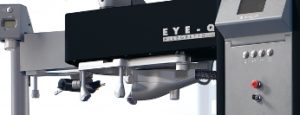
Patients wishing to avoid wearing glasses or contact lenses may choose to explore surgical correction options. An evaluation by an ophthalmologist will determine if a patient is a good surgical candidate but also allow the surgeon and patient to discuss refractive procedure options, limitations and expectations. For some patients, their ophthalmologist may recommend a LASIK procedure. This procedure creates a flap of corneal tissue and uses a laser to reshape the underlying cornea based on the patient’s preoperative refractive error. Ophthalmologists may also recommend PRK for some patients. This procedure is like LASIK, except there is no flap created prior to laser treatment. The outermost layer of the corneal tissue is removed, and the laser applied to the underlying tissue.
When light is not focused on the retina properly, the image sent to the brain will be blurred. The eye’s inability to properly focus light onto the retina is caused by its refractive error, which can come from an irregularity in the shape of the cornea, lens or even the eye itself. Patients can have a combination of any of the four types of refractive errors but also have several choices to correct their vision.
Please call Bond Eye Associates to schedule your yearly health vision exam with confidence knowing that they have been a trusted, locally owned, medical practice for over 40 years. They are accepting new patients in both of their locations: Peoria and Pekin, IL. Please call 309-692-2020 to schedule an appointment or click here.

